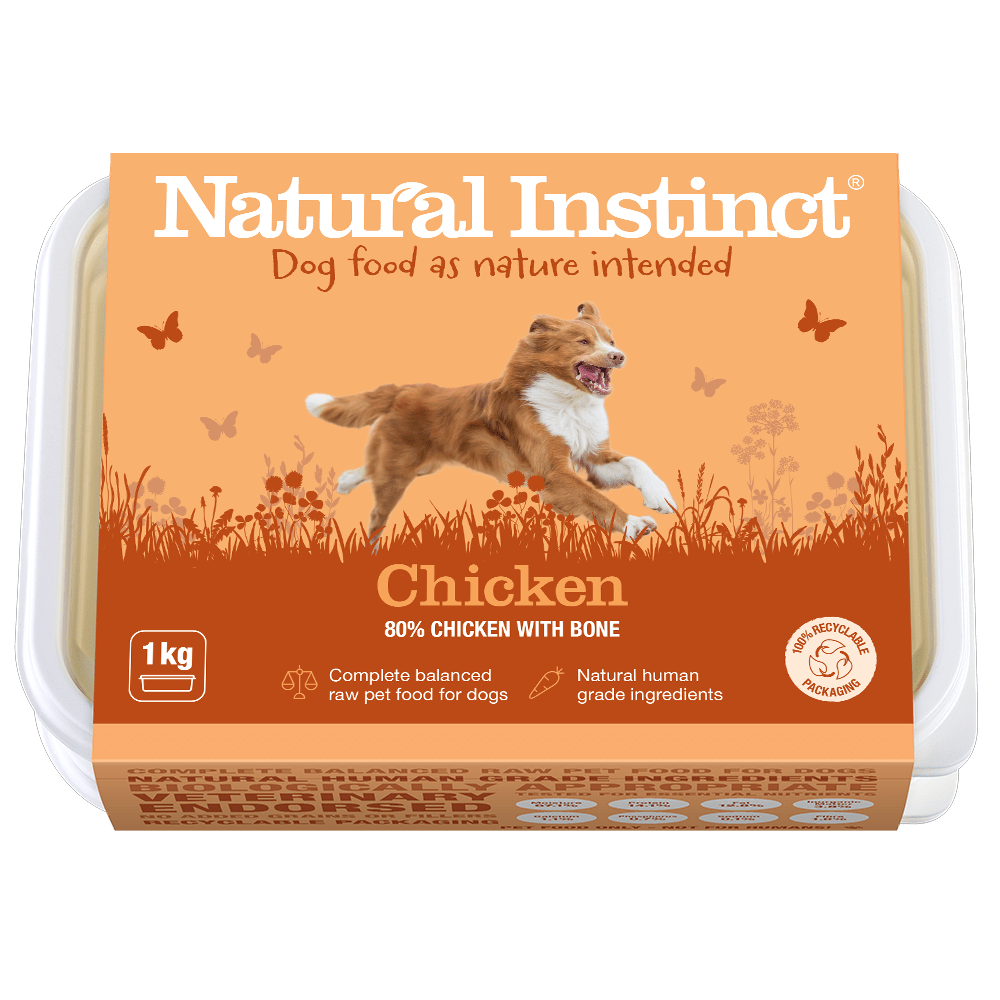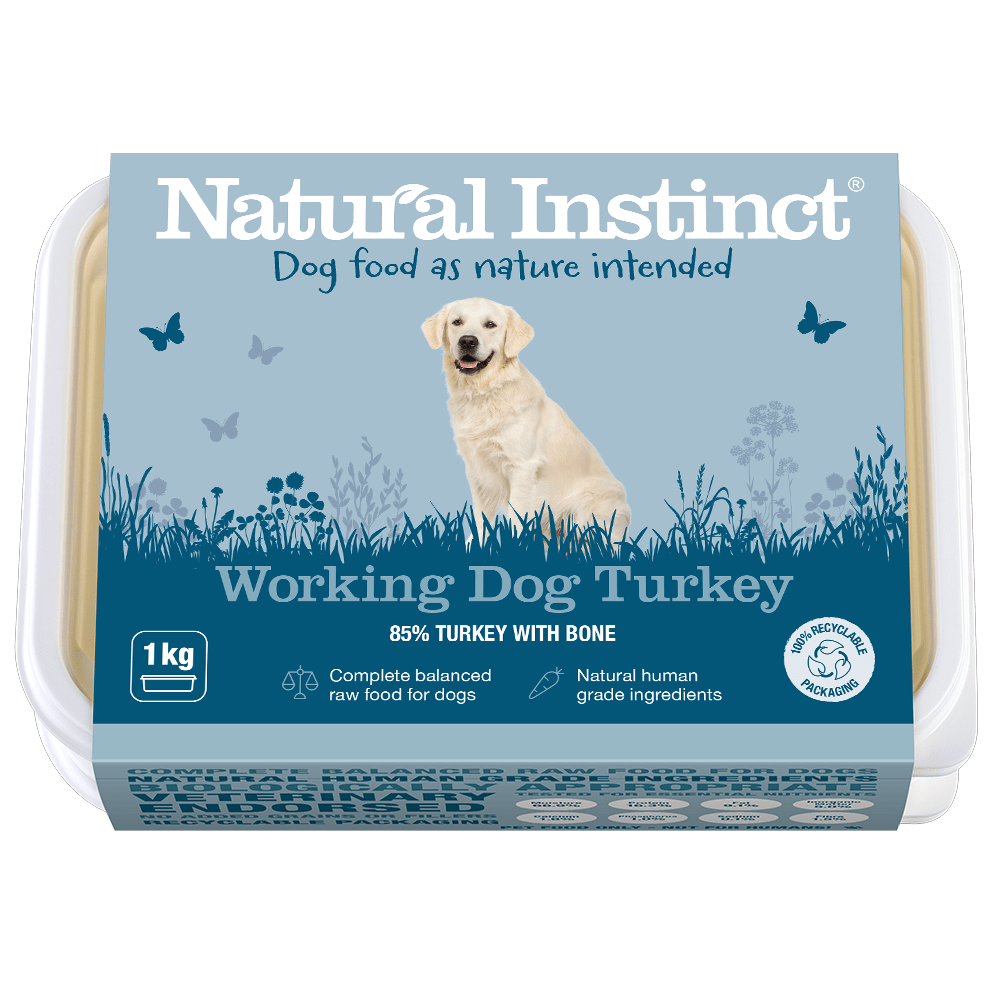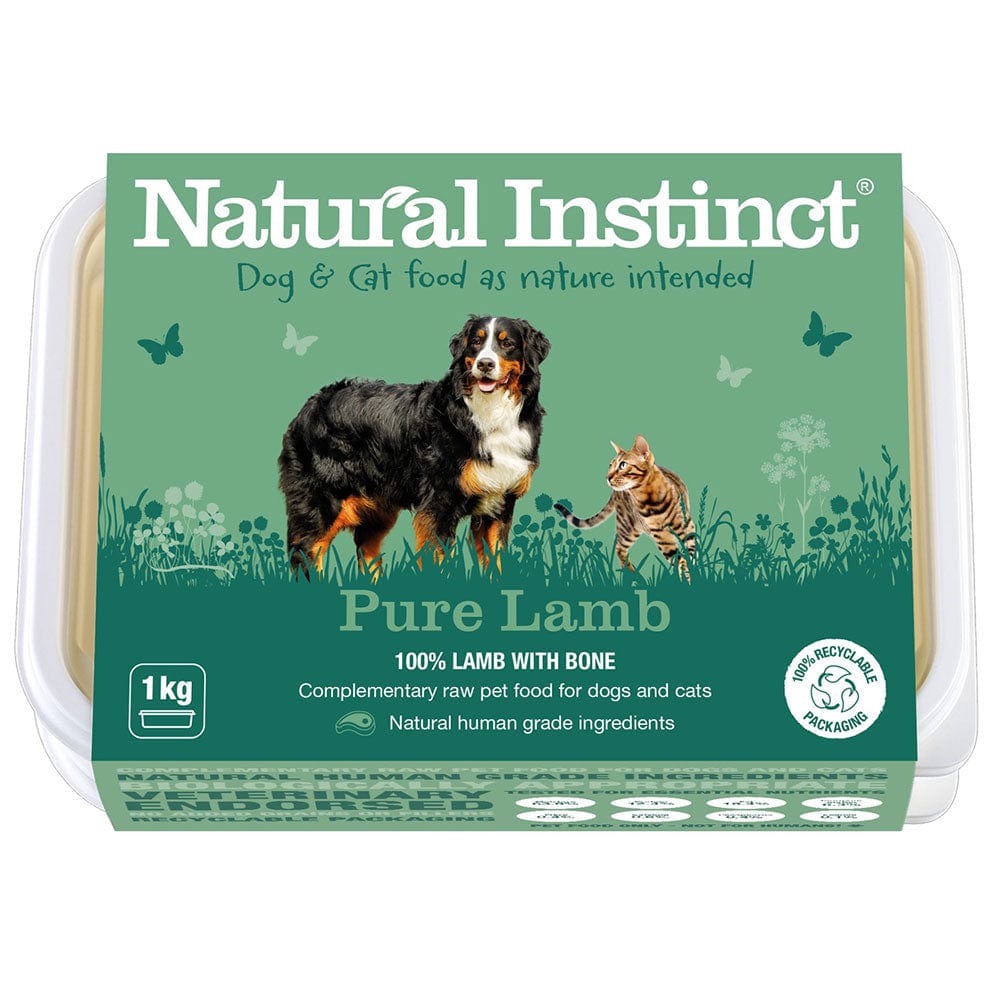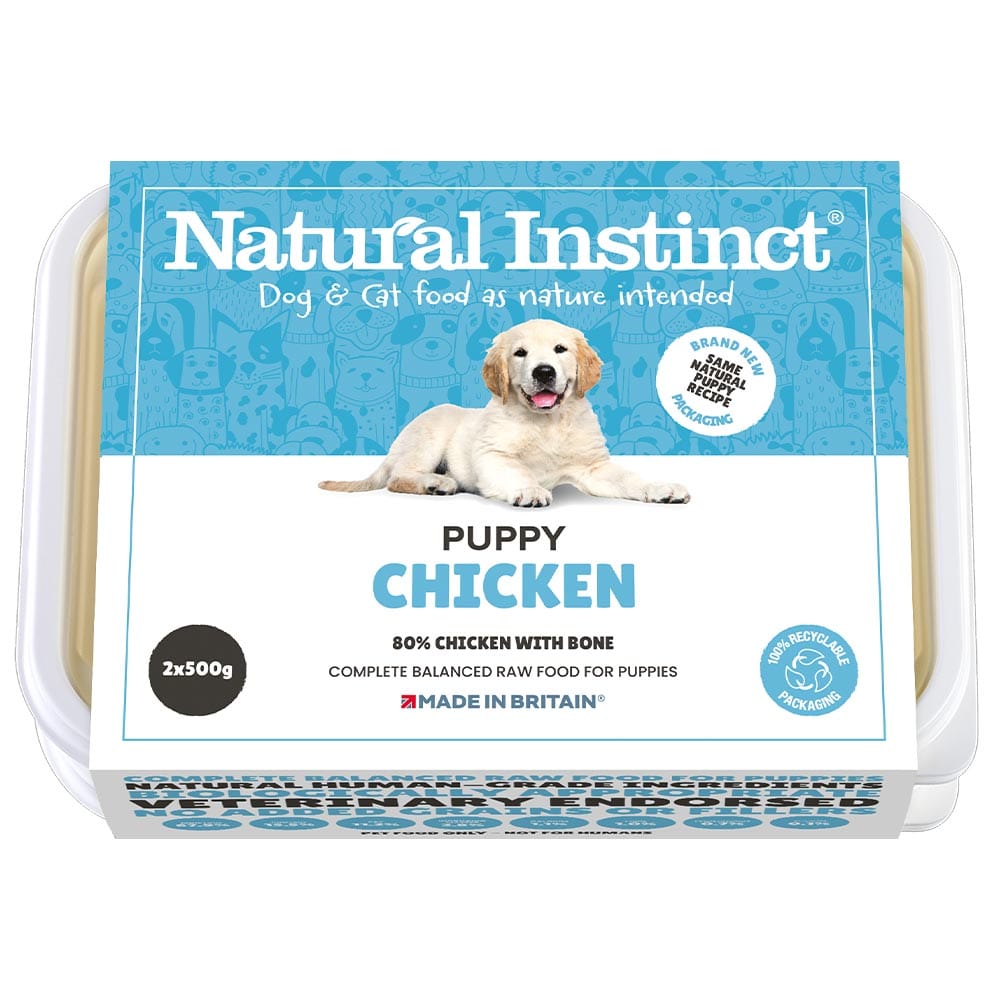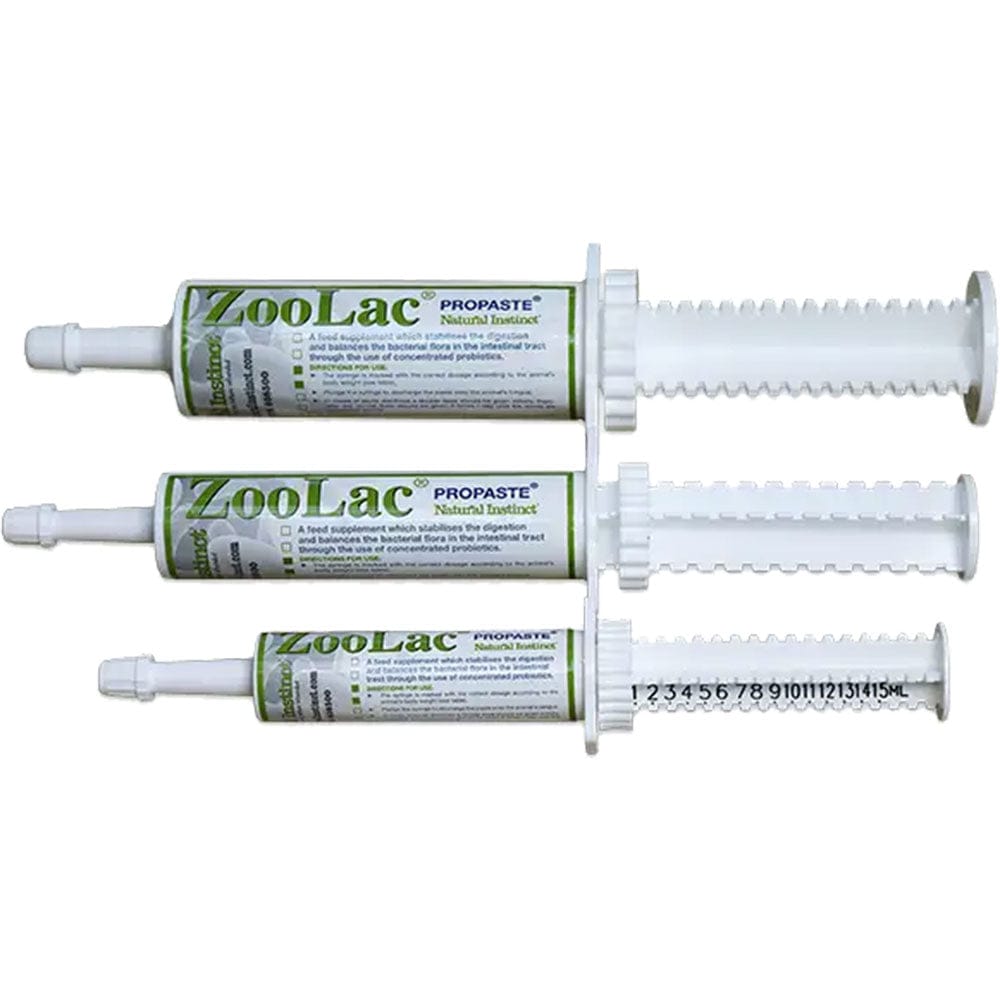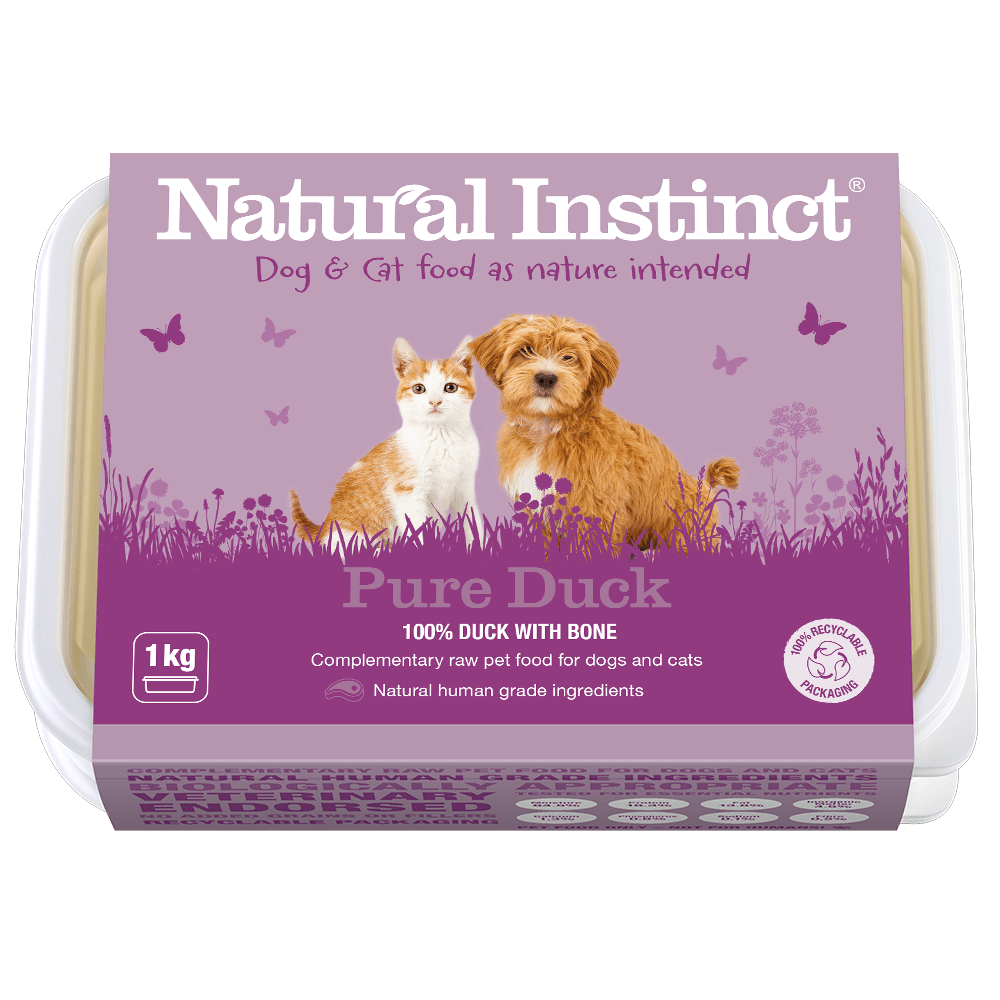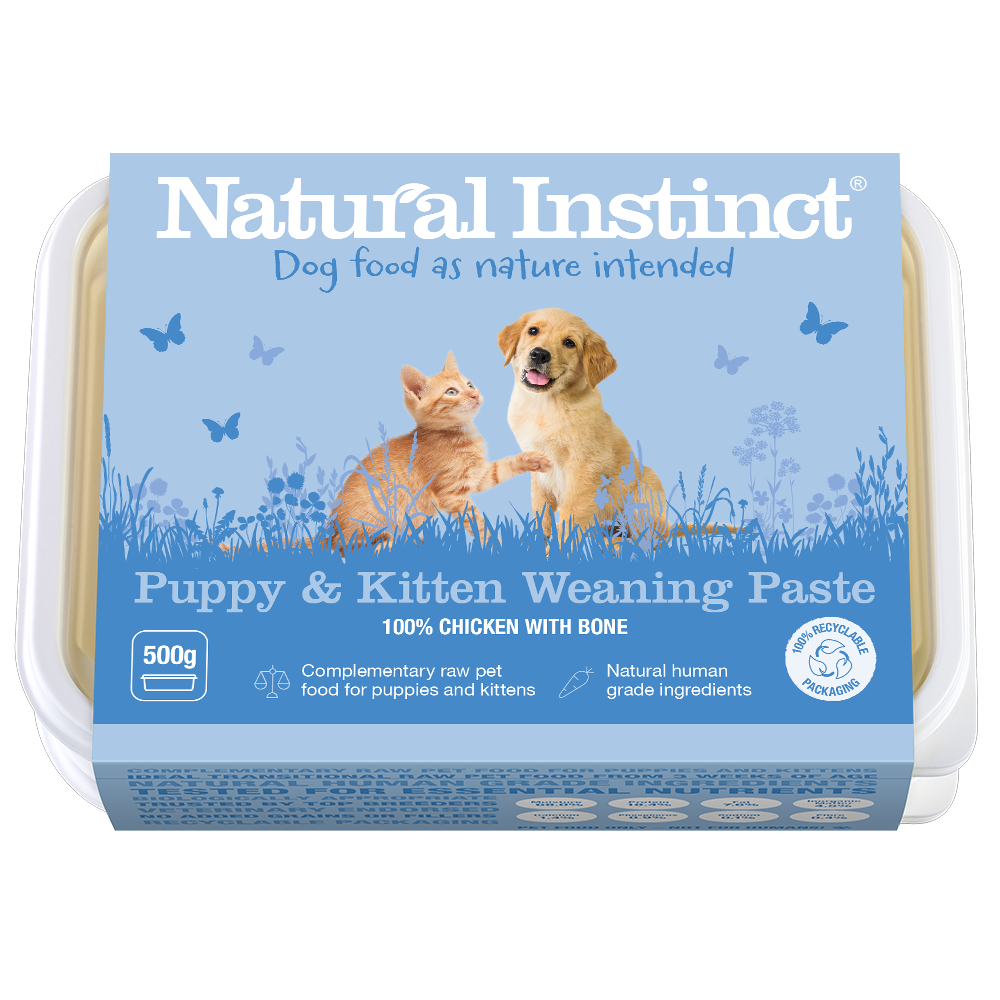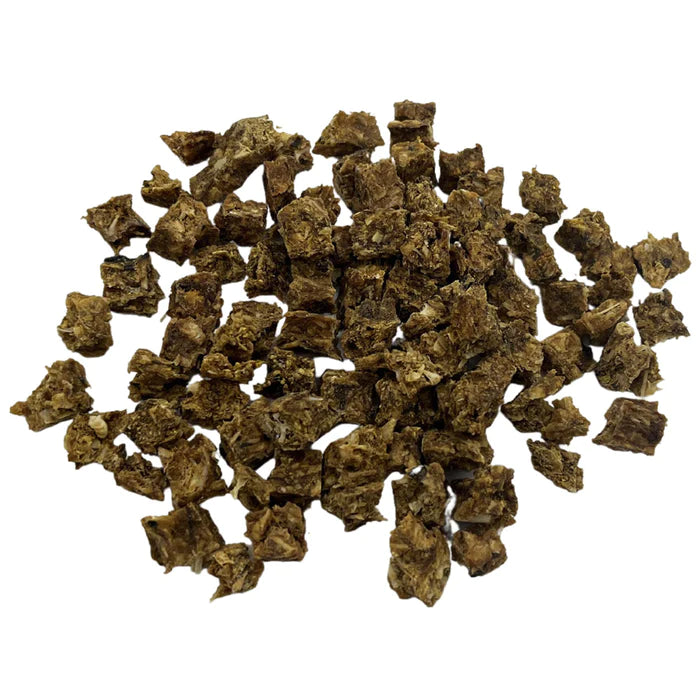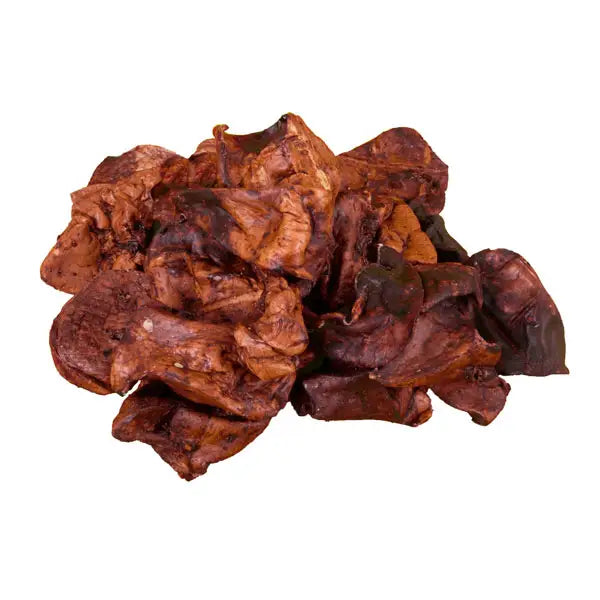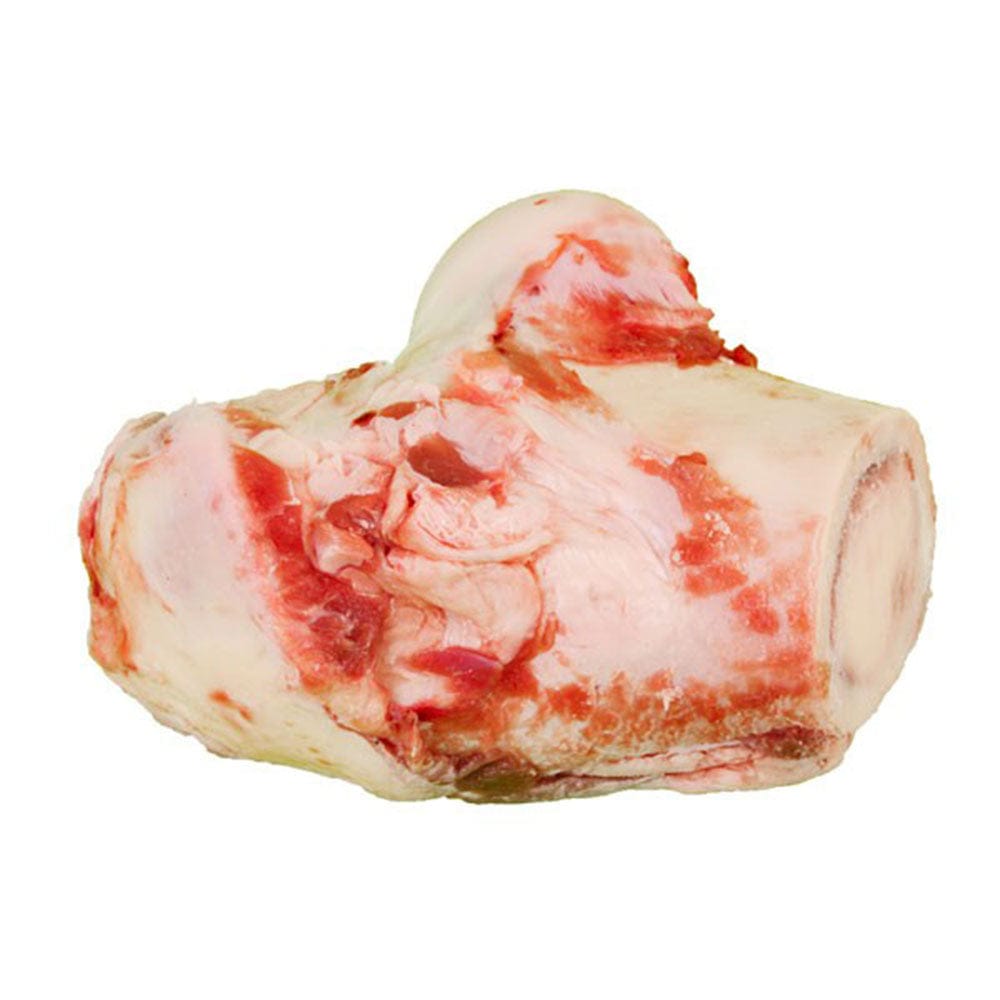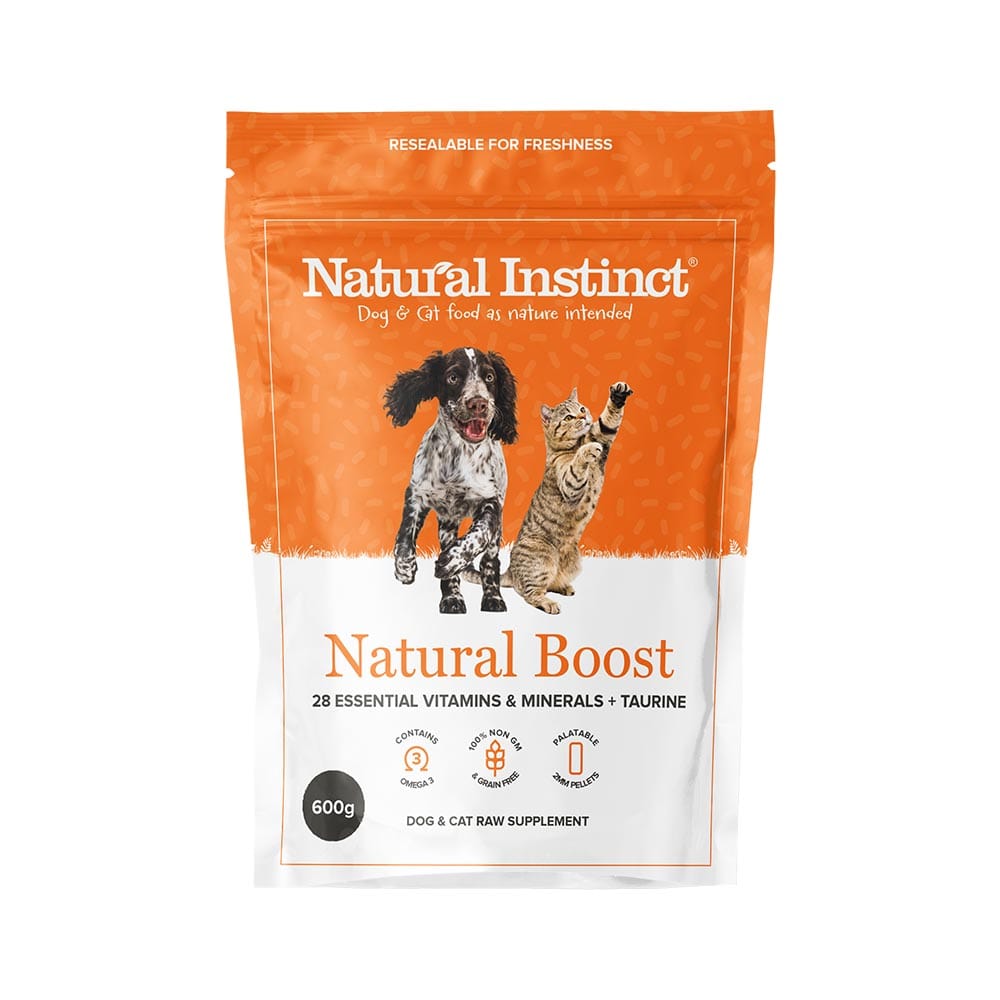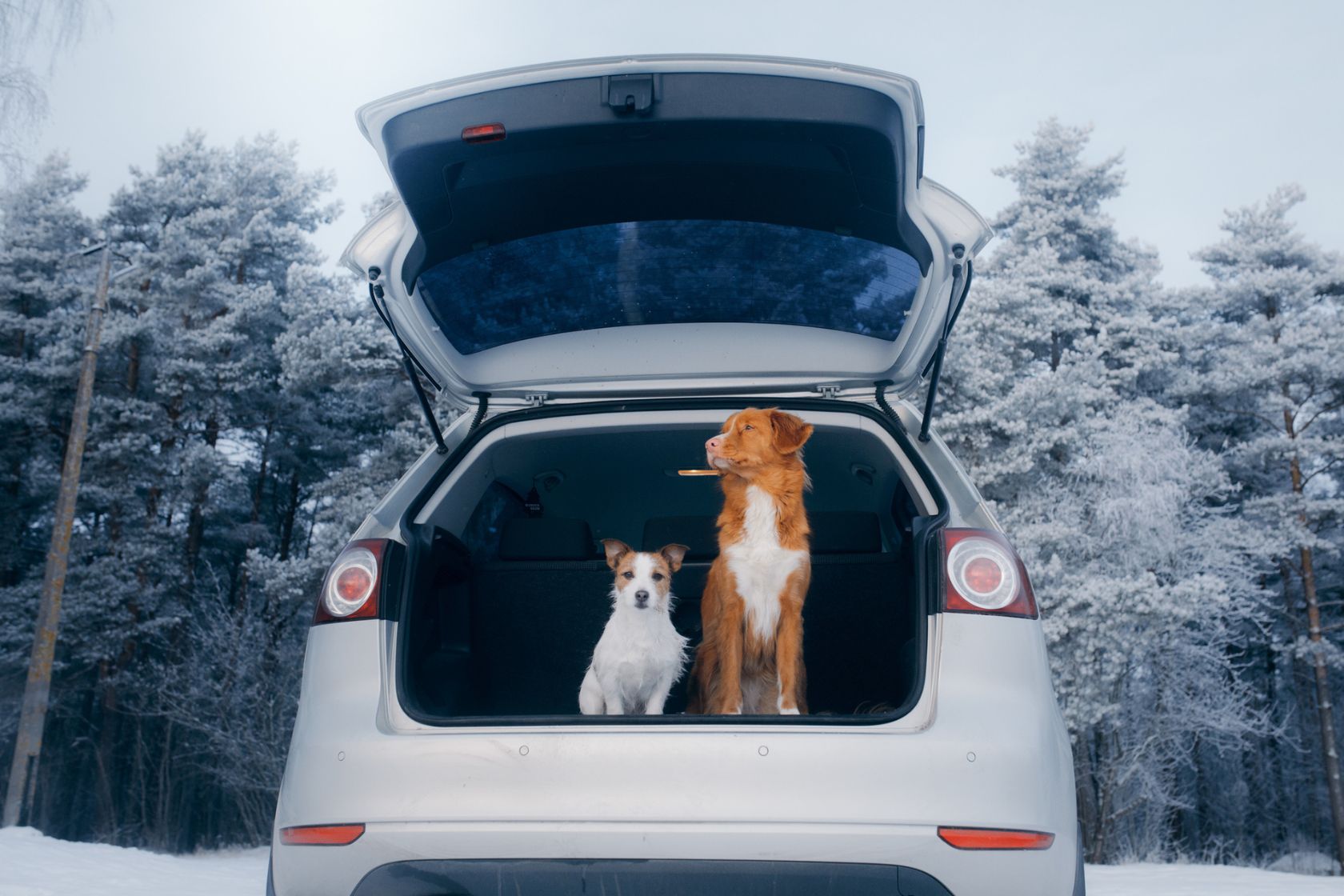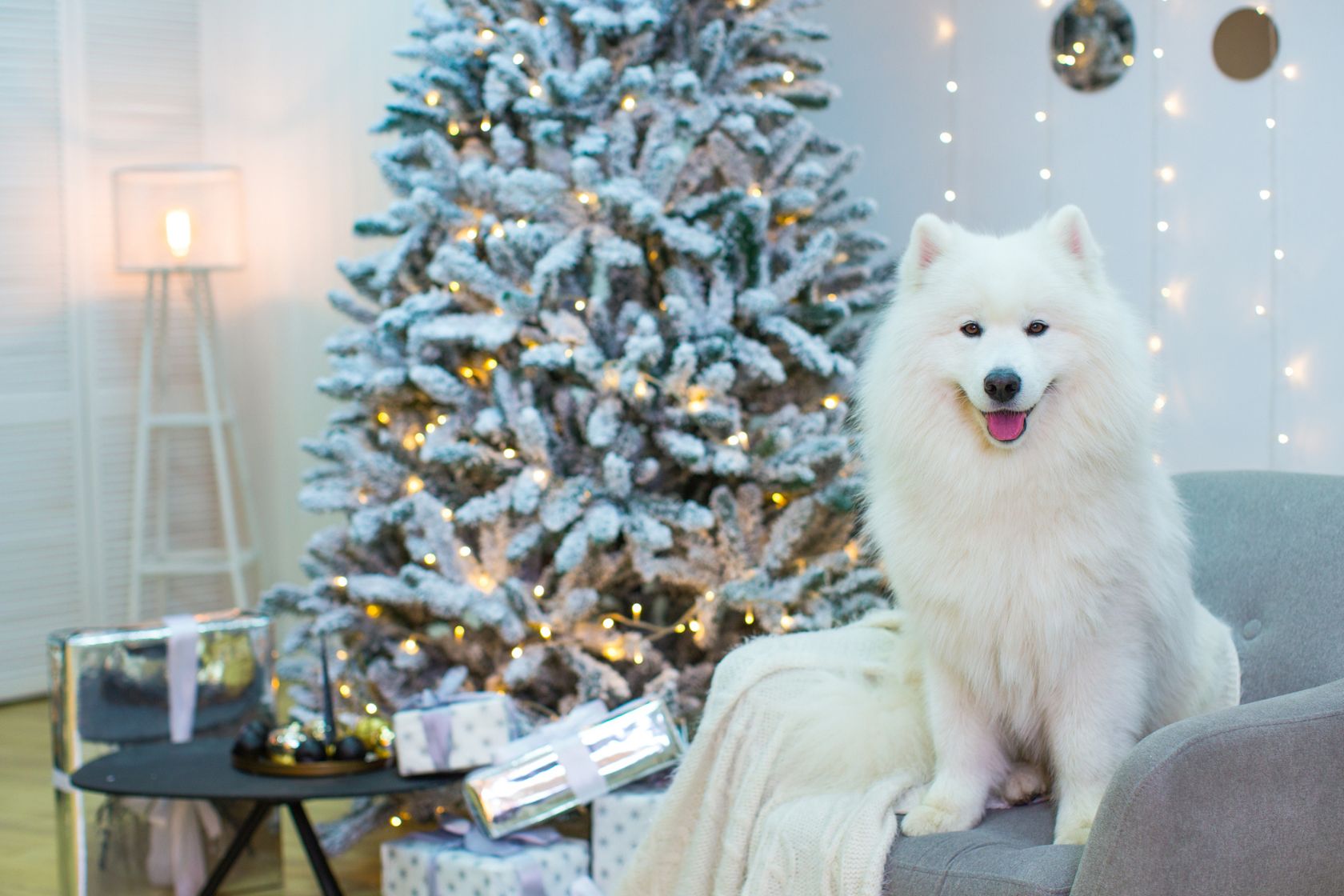As we enter a brand-new year, it's the perfect time for fresh beginnings and setting exciting goals. And what better way to kickstart the year than by teaching your four-legged friend some fun and valuable new commands? Whether you're a seasoned dog owner or a first-time puppy parent, there's always room for expanding your furry companion's skill set.
In this blog, we'll explore five new commands that will stimulate your dog's mind and strengthen the bond between you and your dog. So, put on your trainer's hat, grab some tasty treats, and ring in the new year with exciting training adventures for your pup!
Knowing where to begin when it comes to training your new puppy can be challenging. You may be asking yourself, where do I start? What command do I prioritise?
Fear not; I have prepared a list of five important commands your new puppy should learn in five easy-to-follow steps. All of these will stand you in good stead moving forward. However, commands should be taught organically as part of your everyday life.
Focus (attention)
First, teach your puppy their name. Although it doesn't matter to your puppy what they are named, your puppy needs to recognise their name, which means listen/look at me. If your puppy doesn't recognise their name, it will be almost impossible to teach/deliver a direction or 'cue'. Once they know that their name means 'Look at me!' the next step would be to get your dog to respond to an attention command such as "watch".
Steps:
- Hold a treat at the end of your puppy's nose while saying their name. Once they've smelt the treat, move it to your eye level and hold it there.
- Whilst following the treat, your puppy will make eye contact with you. Once they meet your eyes, say "yes" and give them the treat as a reward.
- Repeat, repeat, repeat.
- Once your puppy is proficient in the previous steps, you can introduce a hand movement with no treat and deliver the reward separately.
- Once your puppy is making eye contact with you every time, add their name plus a cue word such as "watch", "focus", or "look".
Settle
Steps:
- Place a small mat or towel on the floor by your feet, have your puppy attached to their harness, and lead by your side. The length of the lead should allow your puppy to move and change position but shouldn't be long enough that they can wander off. A helpful tip to stop any accidental tug-of-war games is to stand on the lead.
- Ask your puppy to sit or lay down, or simply wait for them to be on the mat, then calmly drop a treat at their front paws. Don't reward them directly from your hand, as this will make your puppy more reluctant to lie down.
- Every time your puppy does a relaxed behaviour, e.g. sitting, laying, looking around without moving or barking) crumble up tiny pieces of your treats on the floor for them.
- Steadily increase the time between your puppy displaying relaxed behaviour and rewarding them. Do so until you only give your puppy one or two treats and your puppy is genuinely relaxing.
- Finally, take your mat or towel out and practice, practice, practice in various locations. Remember that depending on the distractions, you must adjust your treatment delivery and expectations.
Build value around yourself
Steps:
- Imagine an area around your body the size of a hula-hoop. Your dog should recognise that space as a safe, fun place.
- Your dog may enter this space voluntarily, or you can ask them to enter it. This space includes rewards, such as treats, playing your dog's favourite game (tug, hide and seek, fetch), or offering praise and affection.
- Once you have offered a variety of rewards, you should immediately offer them back their freedom and send them off to play again.
- By making the area near you a fun, safe place, your dog will naturally actively seek human proximity. Think about it – treats, toys, games, love, attention, safety, and freedom to play again – what is not to come back for?
- When you attempt more structured recall training and loose lead walking, you will already have a dog that wants to be by your side.
Stay
Steps:
- 'Stay' is a state of mind, not a body position. Ask your dog to sit, stand still or lie down; use whichever command they respond best to. Your dog must also be allowed to shift between different positions, especially if we ask them to stay for a long time.
- Stand in front of your dog and drop a reward (e.g. treat) on the floor close enough to them so they can reach it without moving. Repeat this a few times, holding your palm up to indicate they shouldn't come closer.
- Once your dog is happily staying in place, hold up your palm and take one small step backwards, wait, return to your original position and reward your dog.
- Repeat this exercise, adding more steps backwards each time and returning to your dog to reward them. Be careful not to take too big steps when stepping back. It is also not best to call your dog to you instead of returning to them as in real life; you will have asked them to stay put for a reason.
- Add distractions very gradually and always return before they decide to move. If they are not staying in place, you have moved too fast, so return to the previous step and repeat.
Drop or swap
Steps:
- Give your dog a toy they like but not their favourite, so it's easier for them to let go of it.
- Hold one hand underneath their chin, palm up and hold a tasty treat at the end of their nose with your other hand.
- As they drop the toy from their mouth, catch it in your hand and pass it back to them when they have finished eating their treat.
- Repeat, repeat, repeat, and add your chosen cue word, such as 'drop' or 'thank you' as you extend the height at which you're catching their toy.
- If you practise this many times when you start not to return the toy, it won't matter to your dog as they have had so many positive repetitions.
Good luck!
